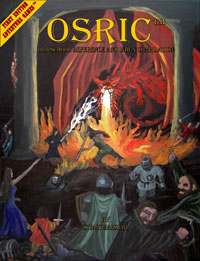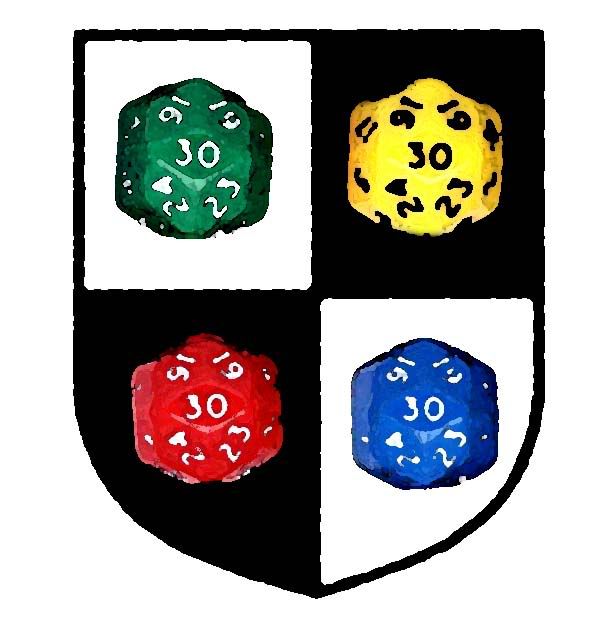I've recently discovered Microlite20, a "stripped down" version of 3.5 Dungeons and Dragons. To give an idea, the core rules- including character creation, combat, and monsters- fit on the front and back of a piece of printer paper. The other significant thing about this rule set is it comes in "pocketmod" format. A pocket mod is simply a little booklet that folds out of a normal piece of paper. I have a little library of M20 pocket mods, including:
- 4 copies of the core player rules
- 2 copies of the equipment list
- 2 copies of the spell list
- 1 copy of the skills and feats supplement
- 1 copy of the Psionics supplement
- 1 copy of the psionic power list
- 1 copy of the "Modern" supplement
- 1 copy of the GM rules (traps and poisons, basically)
- 1 copy of the monster list (includes most of the significant monsters from the MM)
- 1 8-character NPC booklet
- 1 premade adventure (The Temple of Kuth'ulak)
- 1 mini-campaign setting (by me)
- 1 adventure (by me)
- 1 "idea booklet" by me
This all fits in my pocket. A small collection of dice in the other pocket, plus a pencil, and I'm good to go!
The Campaign
I've recently started a small campaign using this rule set. The heroes (a slightly eccentric dwarven magi, elven cleric of Athena, and a human fighter) have bee travelling on a caravan, but are attacked by hobgoblins! They fight bravely, killing two of the monsters, but eventually fall unconcious after taking wounds. Have they been captured, left for dead... or are they? What happens next? The cool thing about this is we managed it in half an hour, while eating, with players entirely new to RPGs!








